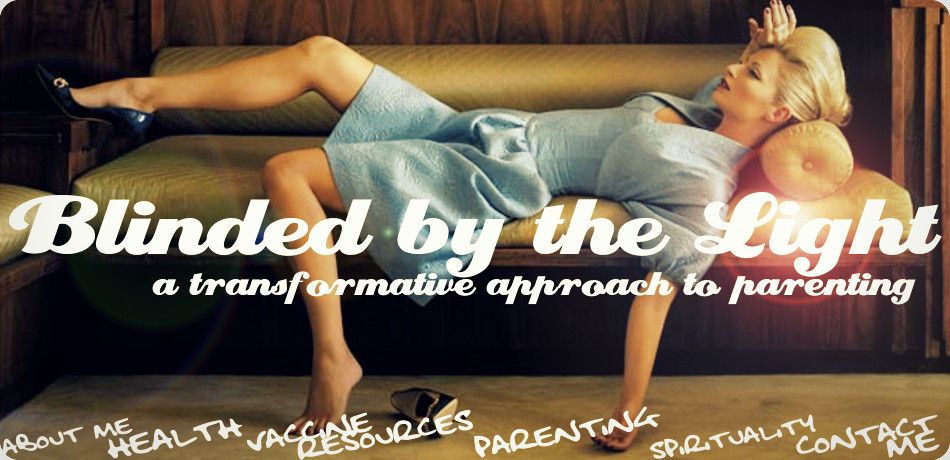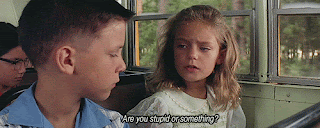In 1986, the National Vaccine Injury Compensation Program
(VICP) was developed to safeguard
vaccine supply (manufacturers) and to compensate
those who have developed injuries from vaccination.[*]
So far this year (2013), the amount paid out by the Vaccine Injury Compensation Trust Fund is 224 million
dollars.[*]
Because
vaccine injuries, disabilities and deaths are real, it is critically
important that you take the time needed to gather information and make a confident, educated decision.
Below
are some common questions regarding vaccine injury and compensation:
What
type of injuries are compensated by the VICP?
To
qualify for a claim, the injury must result in at least one out of the four following damages:
-Last for more than six months (post
vaccination)
-Resulted in a hospital stay
-Resulted surgery
-Resulted in death
I
would suggest checking out this Vaccine
Injury Table which lists conditions that are presumed to be caused by
vaccines. It also lists time cut-offs which will help determine if the injury
is causal.
These conditions are otherwise
known as ‘table injuries’ which are known, compensated injuries due to
adverse reactions from vaccination.
It is important to note that
compensation has been made for many vaccine-related injuries that are not
listed on the injury table.
If your injury is not on the
Table or if it did not occur within the time period listed, then you are simply
required to prove that the vaccine caused the condition. Such proof is based on
medical records or opinion, which may include expert witness testimony.
Who files the claim?
If you believe you have a
claim, you should file a report (VAERS) and contact a lawyer. The National Vaccine Information Center
maintains a list of attorneys who deal specifically with VICP claims. You can find their
list of attorneys here on the NVIC website.
You do not need to be a doctor
or a citizen of the US to file a claim.
Are all vaccines covered by the
VICP?
Although most vaccines
recommended for children are covered, not all are eligible for compensation.
How long do I have to file a
claim?
Depending on the adverse event
that took place, the amount of time you have to file a claim changes.
For example, if the vaccine
injury results in death – you have 2 years to file a claim.
If you (or your child) is
injured in any other way other than death, you have 3 years from the onset of
the first symptom.
Click here to read more
about the deadlines regarding vaccine-injury claims.
Is autism considered a
vaccine-related adverse event?
No and yes.
The official statement provided
by Health and Human Services asserts that:
“HHS has never concluded in any case that autism was
caused by vaccination”
That’s all fine-and -dandy,
however, numerous cases that have been rewarded on the ground of
vaccine-induced encephalopathy (brain disease) has associated autism spectrum
disorder.
Two compensated examples from this year alone:
10 yr old Ryan Mojabi was awarded compensation from neuroimmunologically
mediated dysfunctions in the form of asthma and ASD[*]
15 month old Emily Moller was awarded compensation
on the ground of her injury listed as “encephalopathy characterized by speech
delay and probable global developmental delay” (seizure disorder and PDD-NOS, a
form of ASD). [*]
More damning to the case
against the HHS state is an article
published in 2011 from the Pace Environment Law Review (PELR), where it
was found that at least 83 cases of vaccine injuries compensated by the
Department of Health and Human Services (HHS) involve acknowledged brain damage
that included autism.
In 47% of the cases reviewed
(39 out of the 83), there is confirmation of autism or autism spectrum disorder
beyond parental report.[*]
The published review
illustrates that the VICP has been compensating cases of vaccine-induced
brain damage associated with autism for more than twenty years.
How much is awarded and how
long will it take?
It takes on average 2-3
years to work through the process.[*]
There is no limitation on the
amount of an award in a vaccine-related injury; however, the law does contain
certain restrictions. For example, the compensation for vaccine-related death
is limited to $250,000.[*]
Awards range from $80,000 to
$5.9 million – with the average amount awarded to individuals with an injury
at approximately $800,000.00.[*]
Where does the money come from?
Since 1988, when the National Childhood Vaccine injury Act was enacted,
a “no-fault” system was created to
compensate the individuals that have been harmed by the administration of a
vaccine.
The
manufacturer does not at any time pay for any injuries caused by their vaccines unless the
injured person rejects their awarded claim (money) by the court and decides to
sue a manufacturer (I am unaware of any documented case of this happening since
1988).[*]
All money awarded is paid from the Vaccine Injury Compensation Trust Fund which is funded from a tax of $0.75 on every dose of vaccine that is purchased (via your insurance premiums or direct purchase of vaccines).[*]
The
Department of Treasury collects the taxes and manages the Fund’s
investments. Below are some documents
you can review to learn more about how the money has been allocated and how
much has been spent.
***
Vaccines
carry with them risk of sickness, injury and death. To bring attention to that
fact and the growing crisis of the injured, October is designated Vaccine Injury Awareness Month.
How
can we help those who have been injured?
One
of the ways we can assist these families is by spreading the word that vaccine injuries are real and they are more
common than we are led to believe.
If
you are on facebook or twitter, please use the image below as your profile
image for the month of October. Please spread the word amongst your own networks.
Bring
the issue of vaccine injuries out into the public’s eye!
More information can be found at the VICP website which is maintained by the U.S. Department of Health and Human Services and the Health Resources and Services Administration.


















